The grave was found almost empty. Only a few sherds and a shell were recovered from the soil surrounding the burials, but they were probably part of the fill of the grave pit
While excavating one of the trenches in the highest part of Kovači in 2019, we discovered a triple Copper Age (?) burial, possibly dating to the period of Kostolac Culture (3250-3000 BCE). Burials of this kind are extremely rare in Croatia and this seems to be the earliest one (other similar examples are known from the famous site of Vučedol, but are connected to the later layers of Vučedol culture).
The burial was discovered in almost completely sterile soil above the bedrock, with no traces of a grave pit. Three individuals were buried together and numbered from 1 to 3 (left to right in the above photo).
The bodies of Individuals 1 and 3 were positioned in the same way. They were on their backs, but with their legs leaning to the right, as if they were stepping forward. Their arms were bent in the elbows and pulled to their chests.
Their faces were probably facing east. Individual 1 was a 20-30-year-old female and Individual 3 a 25-35-year-old male. The individual in the middle (Individual 2) was a female between 30 and 40 years of age. She was facing the ground.
Her legs were entangled with the legs of the female on her left, while her right arm was crossed with the right arm of the male individual on her right. Her left arm was extended towards the right and exhibited evidence of severe trauma, possibly caused by beating.
The grave was found almost empty. Only a few sherds and a shell were recovered from the soil surrounding the burials, but they were probably part of the fill of the grave pit (despite the fact that it was not possible to define one). The only burial gift might be a large fragment of a Kostolac culture vessel, which was found below the spine of Individual 1.
The position of the sherd within the grave suggests that it was deposited there at the same time as the deceased individuals and gives us a terminus ante quem non for this grave, but the exact date of this grave could not be determined with certainty.
Another sherd, which joins the one discovered below the spine of Individual 1, was found just above the grave on the border between the sterile layer in which the skeletons were buried and the Bronze Age layer above it.
It is plausible that the sherd discovered in association with the Bronze Age layer came from the destroyed upper layers of the graves. A certain level of disturbance is clear from the fact that the left leg of Individual 2 is missing, as it was destroyed in a later period, but not after the Middle Bronze Age.
However, we are positive that the two sherds were not deposited in the grave in the form of a complete vessel, as Individual 1 was deposited on top of one of the sherds. Therefore, the vessel must have been fragmented before it was deposited in the grave.
Alternatively, both sherds could have originated from the Copper Age layers which were disturbed during the Middle Bronze Age. One of the sherds might have been deposited in the grave together with the fill of the grave, while the other might have remained mixed with the rest of the Middle Bronze Age material.
This could suggest that the grave should be dated to the Middle Bronze Age, but since the grave was covered with Middle Bronze Age layers, this is the latest possible date. The future C14 dating should provide us with the date for the grave.
Source: Lovas Archaeological Project

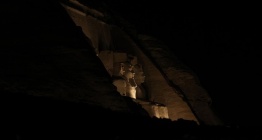
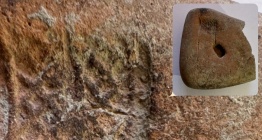
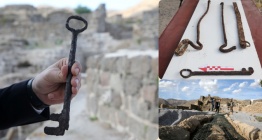
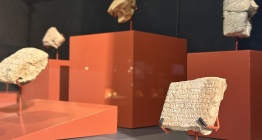
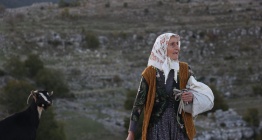


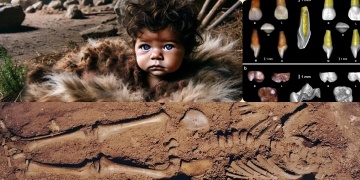 Buz devrinde 16 aylıkken ölen bebeğin mavi gözlü olduğu anlaşıldı
Buz devrinde 16 aylıkken ölen bebeğin mavi gözlü olduğu anlaşıldı 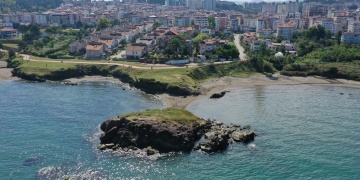 Ayanikola Kilisesi Restorasyon ve Çevre Düzenleme Projes hayata geçiriliyor
Ayanikola Kilisesi Restorasyon ve Çevre Düzenleme Projes hayata geçiriliyor  Tarihi Kentler Birliği'nin ekim ayı encümen toplantısı, Şanlıurfa'da yapıldı
Tarihi Kentler Birliği'nin ekim ayı encümen toplantısı, Şanlıurfa'da yapıldı  Yazma Eserler uzmanı Prof. Dr. Kasım Al-Sâmerrai: Oryantalistler dilin fıkhını bilmiyor
Yazma Eserler uzmanı Prof. Dr. Kasım Al-Sâmerrai: Oryantalistler dilin fıkhını bilmiyor 




